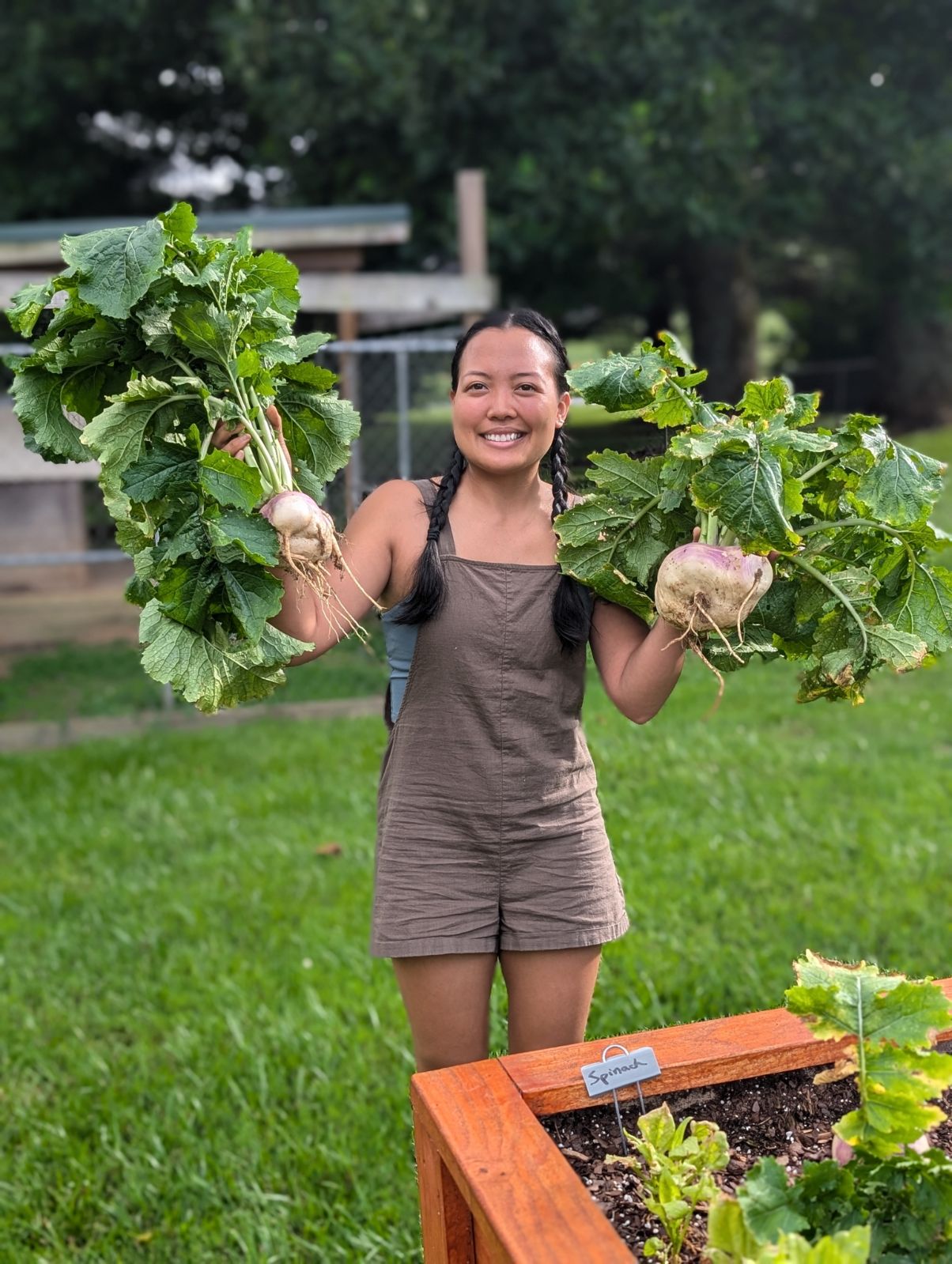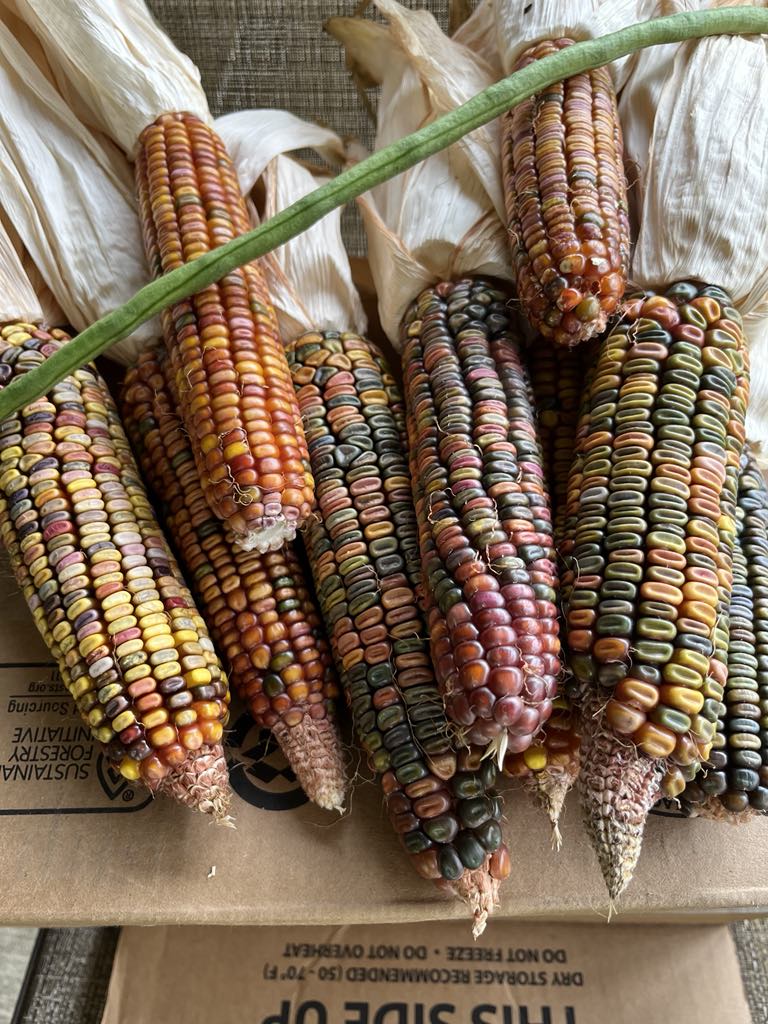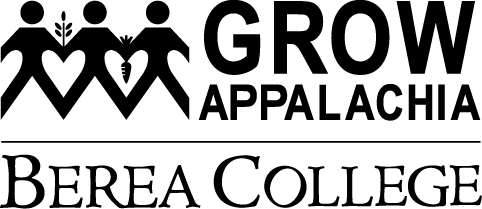Organic Gardening Resources
Databases, Directories & Manuals
Appalachian Sustainable Development’s introduction to organic farming – Understanding Soil & Garden Preparation, Organic Techniques for a Healthy Garden, Insects and Pests, Plant Profiles, Seeking Seed, Storing and Resources
University of Kentucky’s Guide to Home Vegetable Gardening – Plans and Preparations, Planting, Growing More with Less Space, One Garden Plot: Three Garden Seasons, Caring for Your Vegetables during the Growing Season, Diseases, Insects and Weeds, What You Should Know about Asparagus through Watermelons
Grow Appalachia’s Technical Gardening Manual – Planting considerations, mulching, watering, weeding, fertilizing, pest & disease control, small livestock, drip irrigation, Florida weave, protected agriculture, and soil health
New Entry Sustainable Farming Project Resource Library – Search the directory for downloadable digital resources, helpful websites, and online farming videos
US Department of Agriculture publications – 304,305 full-text journal articles on agricultural topics. Search specific plants, diseases, production techniques, and more
- The Alternative Farming Systems Information Center (AFSIC) specializes in identifying resources for food systems and practices that support the United States Department of Agriculture’s effort to ensure a sustainable future for agriculture and farmers worldwide.
USDA PLANTS database – Provides standardized information about the vascular plants, mosses, liverworts, hornworts, and lichens of the U.S. and its territories
Organic Farming Research Foundation – Online Learning – Sign up for online training programs, farming guidebooks, webinars, reports, and instructional videos
Farm Aid – Farmer Resources Guides
Our YouTube Channel
Resource Library
Reach out to Grow Appalachia Staff to add information









